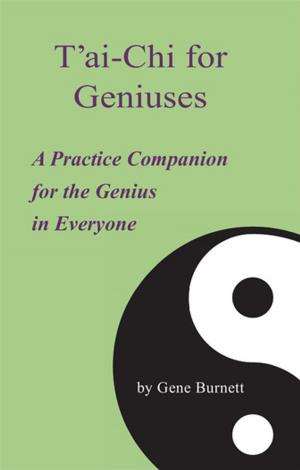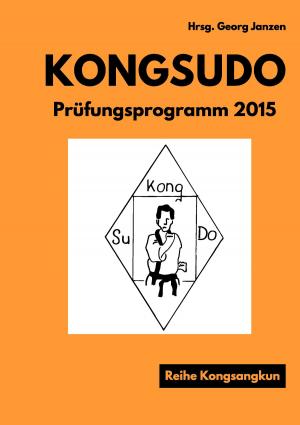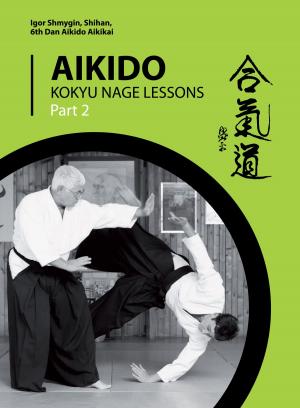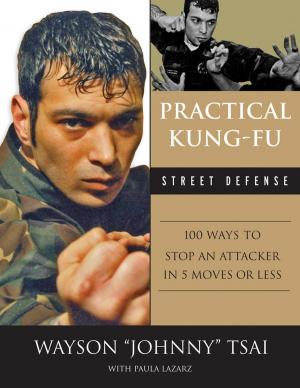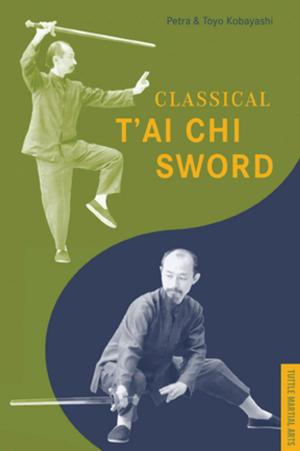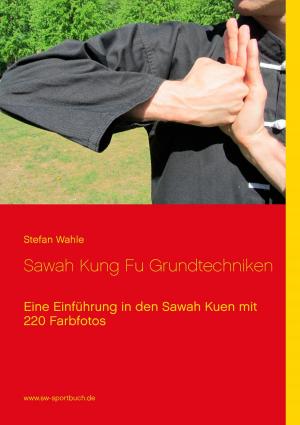Hidden in Plain Sight
Esoteric Power Training within Japanese Martial Traditions
Nonfiction, History, Asian, Japan, Sports, Martial Arts & Self Defence| Author: | Ellis Amdur | ISBN: | 9781937439378 |
| Publisher: | Freelance Academy Press | Publication: | August 9, 2018 |
| Imprint: | Freelance Academy Press | Language: | English |
| Author: | Ellis Amdur |
| ISBN: | 9781937439378 |
| Publisher: | Freelance Academy Press |
| Publication: | August 9, 2018 |
| Imprint: | Freelance Academy Press |
| Language: | English |
Ellis Amdur's writing on martial arts has been groundbreaking. In Dueling with O-sensei, he challenged practitioners that the moral dimension of martial arts is expressed in acts of integrity, not spiritual platitudes and the deification of fantasized warrior-sages. In Old School, he applied both academic rigor and keen observation towards some of the classical martial arts of Japan, leavening his writing with vivid descriptions of many of the actual practitioners of these wonderful traditions. His first edition of Hidden in Plain Sight was a discussion of esoteric training methods once common, but now all but lost within Japanese martial arts. These methodologies encompassed mental imagery, breath-work, and a variety of physical techniques, offering the potential to develop skills and power sometimes viewed as nearly superhuman. Usually believed to be the provenance of Chinese martial arts, Amdur asserted that elements of such training still remain within a few martial traditions: literally, 'hidden in plain sight.'
Two-thirds larger, this second edition is so much more. Amdur digs deep into the past, showing the complexity of human strength, its adaptation to varying lifestyles, and the nature of physical culture pursued for martial ends. Amdur goes into detail concerning varieties of esoteric power training within martial arts, culminating in a specific methodology known as 'six connections' or 'internal strength.' With this discussion as a baseline, he then discusses the transfer of esoteric power training from China to various Japanese jÅ«jutsu systems as well as Japanese swordsman-ship emanating from the Kurama traditions. Finally, he delves into the innovative martial tradition of DaitÅ-ryÅ« and its most important offshoot, aikidÅ, showing how the mercurial, complicated figures of Takeda Sokaku and Morihei Ueshiba were less the embodiment of something new, than a re-imagining of their past
Ellis Amdur's writing on martial arts has been groundbreaking. In Dueling with O-sensei, he challenged practitioners that the moral dimension of martial arts is expressed in acts of integrity, not spiritual platitudes and the deification of fantasized warrior-sages. In Old School, he applied both academic rigor and keen observation towards some of the classical martial arts of Japan, leavening his writing with vivid descriptions of many of the actual practitioners of these wonderful traditions. His first edition of Hidden in Plain Sight was a discussion of esoteric training methods once common, but now all but lost within Japanese martial arts. These methodologies encompassed mental imagery, breath-work, and a variety of physical techniques, offering the potential to develop skills and power sometimes viewed as nearly superhuman. Usually believed to be the provenance of Chinese martial arts, Amdur asserted that elements of such training still remain within a few martial traditions: literally, 'hidden in plain sight.'
Two-thirds larger, this second edition is so much more. Amdur digs deep into the past, showing the complexity of human strength, its adaptation to varying lifestyles, and the nature of physical culture pursued for martial ends. Amdur goes into detail concerning varieties of esoteric power training within martial arts, culminating in a specific methodology known as 'six connections' or 'internal strength.' With this discussion as a baseline, he then discusses the transfer of esoteric power training from China to various Japanese jÅ«jutsu systems as well as Japanese swordsman-ship emanating from the Kurama traditions. Finally, he delves into the innovative martial tradition of DaitÅ-ryÅ« and its most important offshoot, aikidÅ, showing how the mercurial, complicated figures of Takeda Sokaku and Morihei Ueshiba were less the embodiment of something new, than a re-imagining of their past

